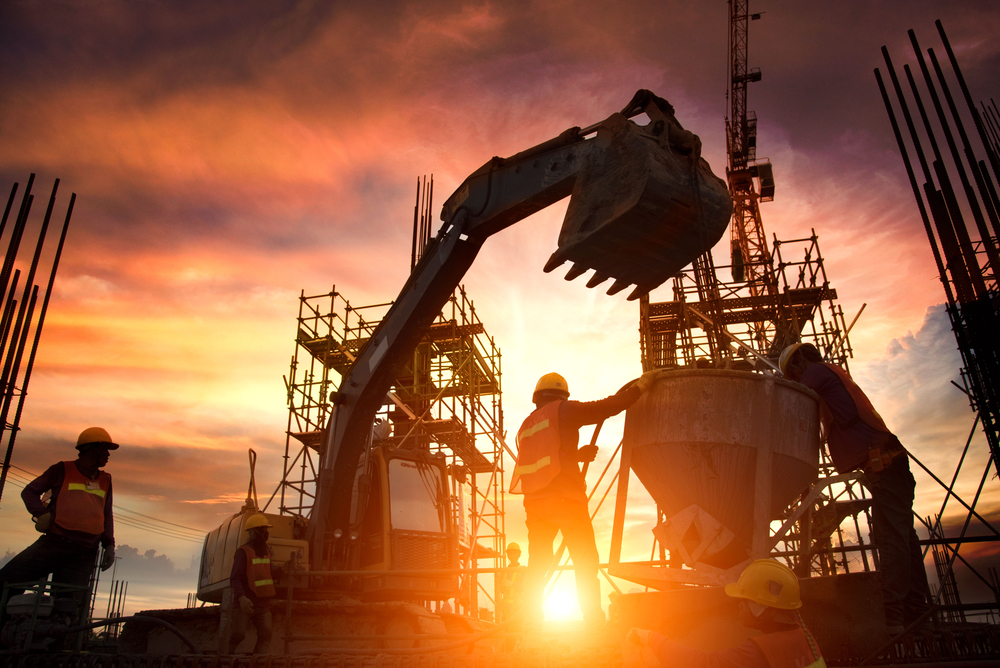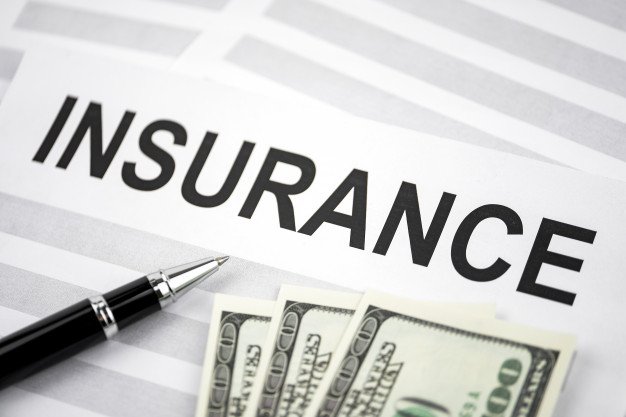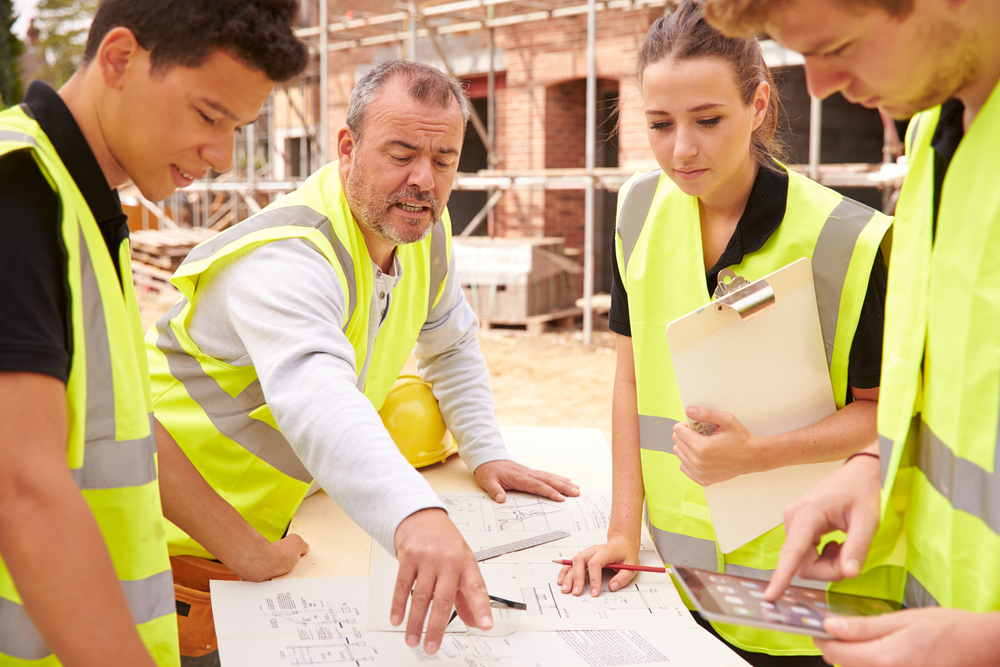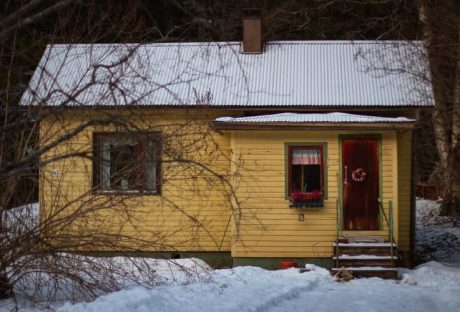Starting a Construction Company, whether it’s your first or your fiftieth, is always a time of excitement and promise. Visions of success and growth can often cloud your judgment or lead to rushed decisions but it’s important to take things slowly and consider everything before moving forward. New businesses are the most vulnerable so taking everything you can into account is key to long-term success.
For construction companies, in particular, there are a few key cost considerations to keep in mind, highlighted below.
Considerations to keep in mind when starting a construction company:
Insurance:
Firstly, it’s essential to acquire the correct insurance cover for the construction service that you are supplying. More so than your average office worker, there are additional insurance costs associated with construction businesses due to the nature of the job. In particular, personal injury and property damage cover is a crucial aspect of running your construction business.
Hopefully, the correct use of safety equipment and staff training will avoid the need to make a claim but regardless, all insurance will need to be in place before you deliver your service.b
Training:
Speaking of training, this can be a big extra cost if your team isn’t fully qualified to deliver the services that you intend to offer. Construction training varies in specification depending on your goals or needs, but avoid pinching pennies on this front because poor or lack of training will only cost your business more in the future.
Look for providers of courses from universally recognized bodies, for example, IPAF and PASMA training courses are some of the most popular around the globe. Ensure that your team is fully prepared to deliver your service before starting your business, that way you can be confident that whatever the demands of the job, they can handle it safely and maintain a good quality service.
Contractual Legal Advice:
From contracts to a privacy policy, many new businesses and organizations tend to take other templates and then adapt them for their own company. Whilst this is the cheapest option, there are dangers of loopholes being present that could cause issues in the future. It’s always recommended to ask a legal professional to check your key business documents and contracts for legal compliance and accuracy. This can be quite costly but is an investment for the future, so it’s worth it.
Licenses and Permits:
The construction industry has many different facets and areas of expertise. Along with all of these different types of service comes a range of different legislation, rules, and regulations that must be followed. Ensuring that you keep to these regulations is essential, which means acquiring the licenses and permits required to deliver your service.
Depending on what your construction company is offering, different licenses will be necessary to operate legally. If in doubt, consult legal experts to be sure as a fault in this area could seriously jeopardize your business’ future.
Tax:
Finally, whilst not a major immediate cost, thinking about how tax is going to impact your finances is a key consideration to keep in mind. Wherever you are in the world, businesses usually have some kind of tax to consider and ensuring that you can pay this tax whilst still making a profit is crucial.
A best practice, particularly if your tax is percentage-based, is to set up your bank account to automatically transfer your payable tax amounts out of your account and into a new one. This helps ensure that money you need to pay is left untouched and also prevents the unhappiness caused when you see your bank account decrease drastically.
Whilst these considerations are far from the only ones to keep in mind, they are some of the most important. It’s always best to be overprepared rather than underprepared, so take your time when starting your construction company.
Read Also:

























